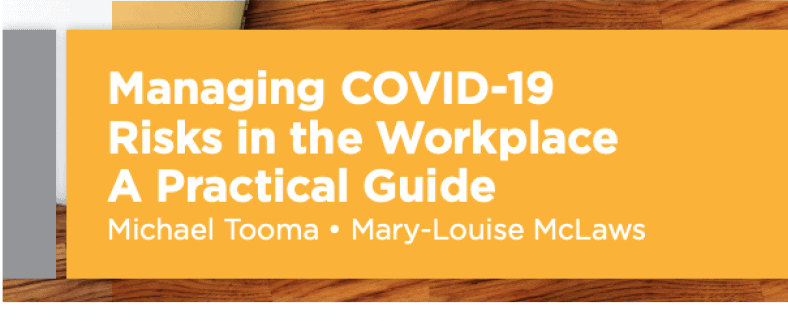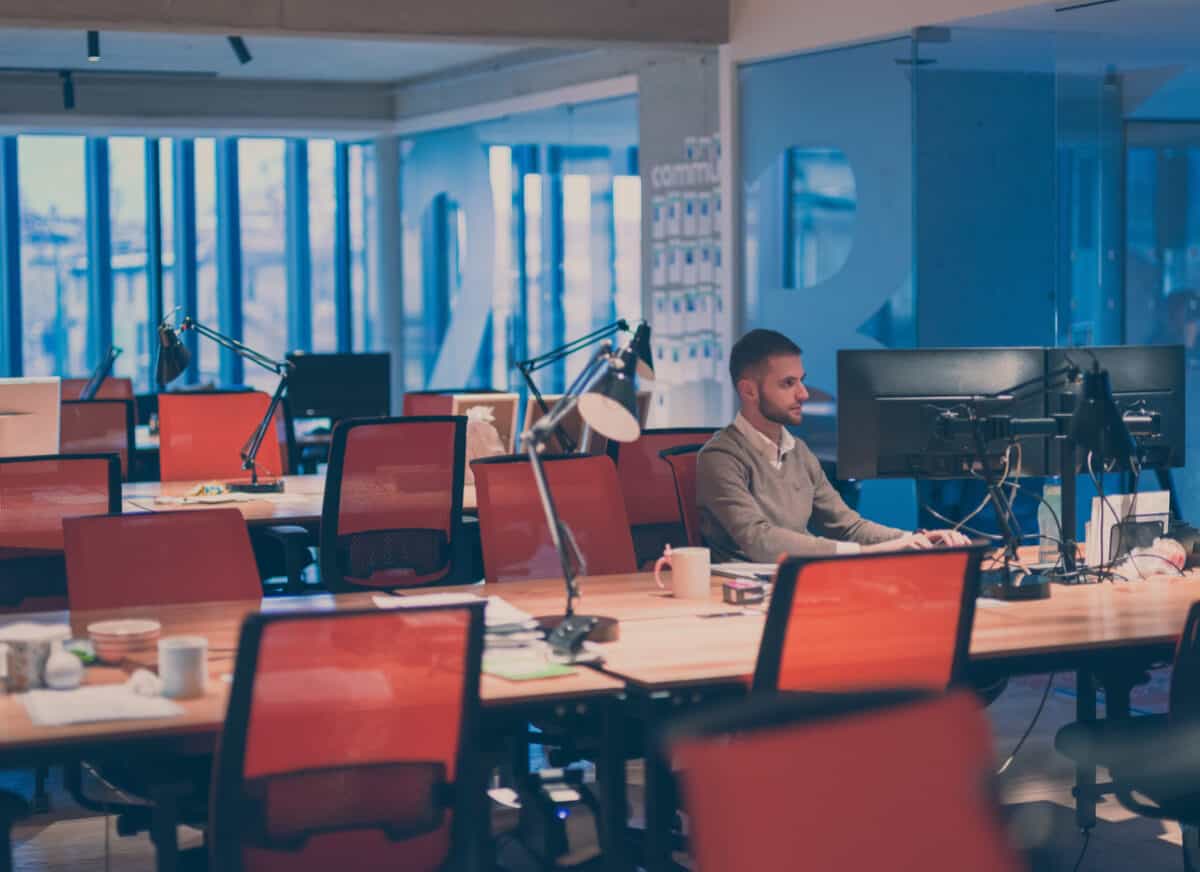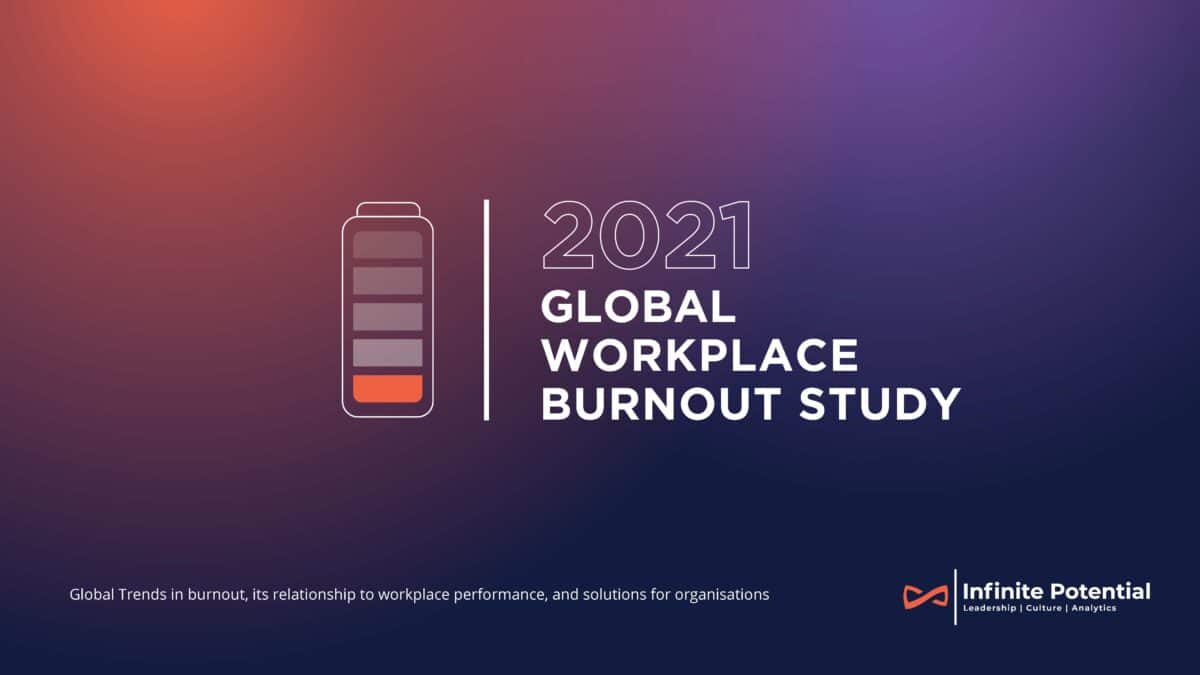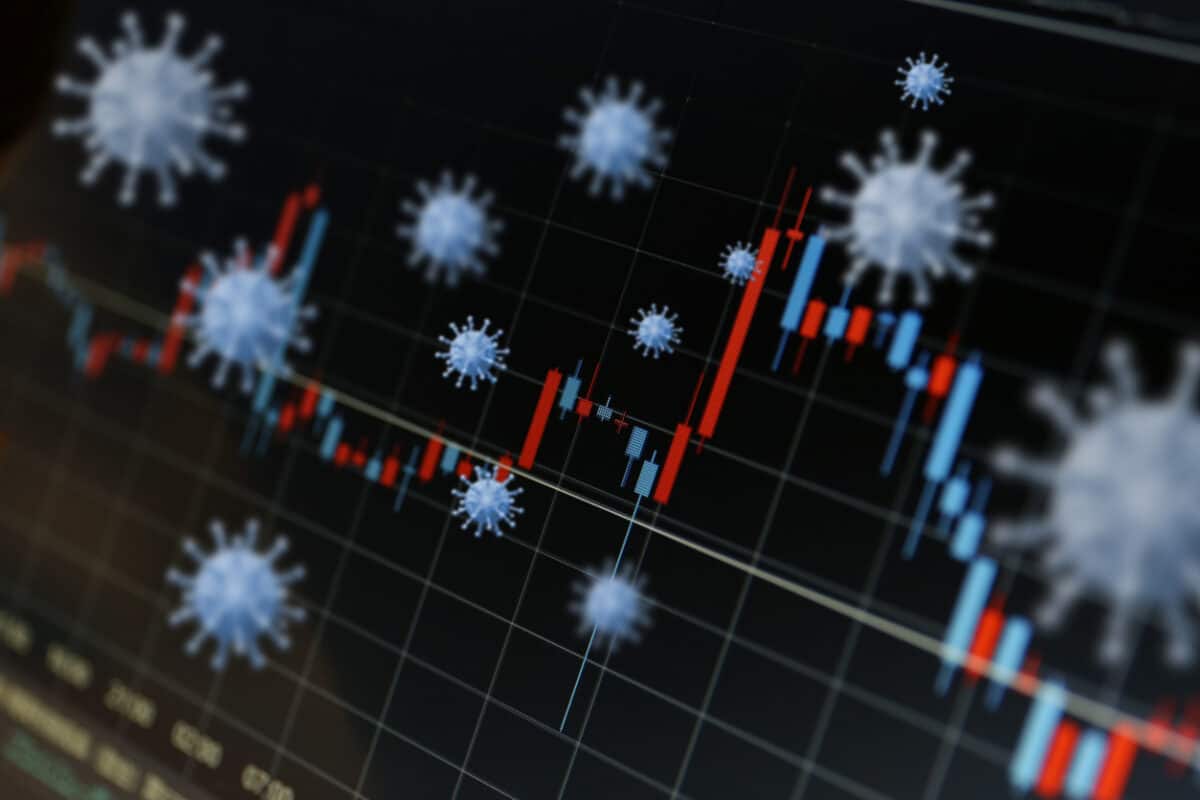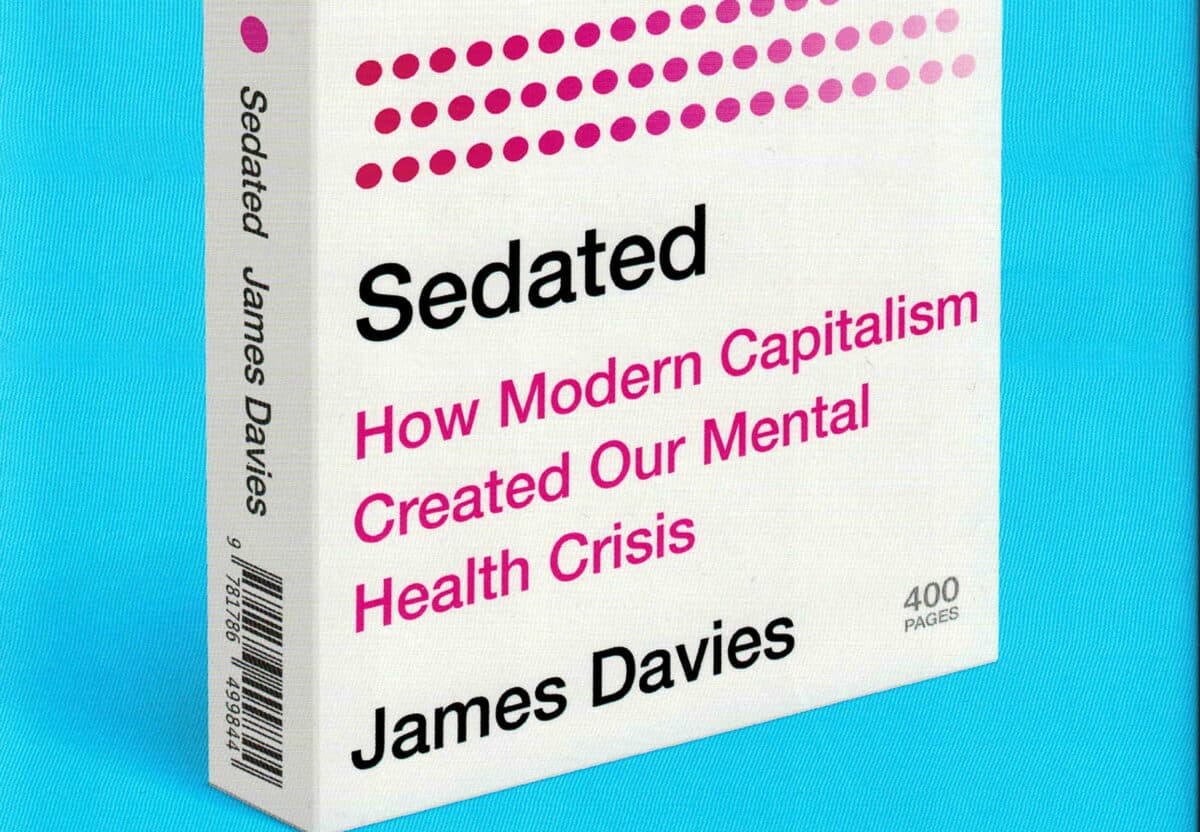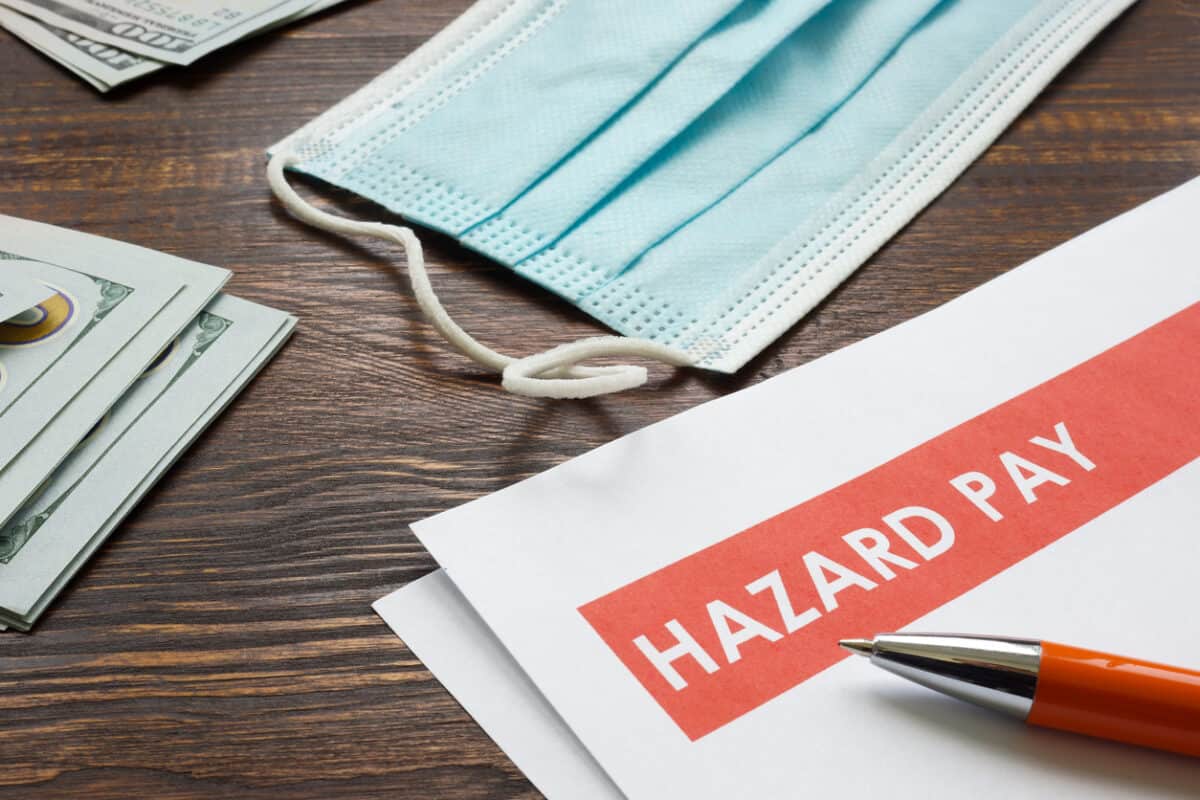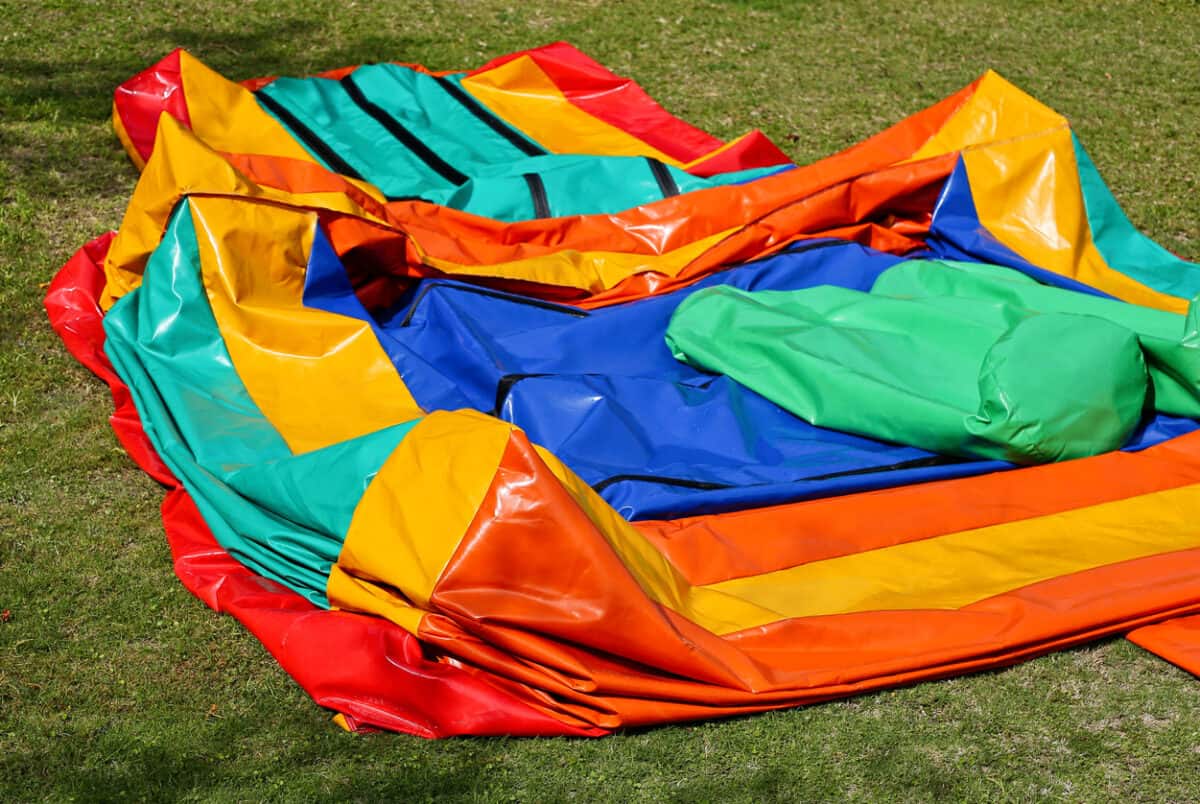Late last year, lawyer Michael Tooma and epidemiologist Mary-Louise McLaws published “Managing COVID-19 Risks in the Workplace – A Practical Guide”. Given how COVID-19 is developing variants, one would think that such a hard copy publication would date. However, the book is structured on the occupational health and safety (OHS) obligation of managing risks, and whether the variant is Delta, Omicron or Omega (if we get that far), the OHS principles and risk management hold up.
Category: risk
The unmentioned OHS
Occupational health and safety (OHS) people know how to fix most hazards at work but often have very little power and insufficient influence to apply the fix. That is why OHS people need to read the business sections of major newspapers and mainstream media business websites. It is there that the executives and corporate leaders discuss OHS changes, even if they never say “workplace health and safety”. An article in last weekend’s The Guardian provides a good example.
We know how to prevent burnout but we have little desire to change
Probono Australia is reporting that employee burnout is on the rise. Burnout is increasingly being used as an alternative term for mental ill-health or stress at work. The report on which the writer based their article is not surprising, but the recommendations are. The subheading for the article is:
““Structural and cultural shifts, not wellness initiatives, are needed to address the chronic workplace stress of burnout.”
But the article also pulls together other workplace mental health factors:
“The rise of digitisation has brought with it a need to ‘always be on’ and, with that, employee work-life balance has become harder to maintain. It was this type of ‘24/7 access to employees’ thinking, the study found, that led to burnout.”
Where do you see yourself in five years’ time?
Occupational health and safety (OHS) laws continue to be relevant even when operating in a time of a highly infectious pandemic, but they are increasingly sidelined.
At the moment there are labour shortages in Australia because of the large number of workers infected, and affected, by the Omicron variant of COVID-19; a shortage exacerbated by the varying isolation and testing regimes applied by the Federal and State governments. It is a bit of a mess.
It is worth reminding ourselves that employers have a duty to proved a safe and healthy work environment with the support of employees. Employees are obliged to not allow hazards to be brought to work. At the moment, some employees are being encouraged or required to return to work if they are showing no COVID-19 symptoms; if they are asymptomatic. But everyone knows from experience and official advice over the last two years that asymptomatic people can continue to be infectious. Requiring workers to return to work, as seemed to be happening at one South Australian worksite, while still potentially infectious seems contrary to both the employer’s and employee’s OHS obligations.
Ethical Socialism and OHS
Every political leader on the progressive side, or Left, of politics, must address their relationship to Socialism. Recently The Guardian discussed this concerning the UK Labour leader Keir Starmer but the topic has relevance to Australia as several elections are scheduled for 2022. It is also important in understanding the ideological base of these prospective leaders as it is from this that progress on occupational health and safety (OHS) will emerge.
In a recent book “Sedated: How Modern Capitalism Created Our Mental Health Crisis“, UK academic Dr James Davies provides a valuable first-hand experience of the denial, or avoidance, of social obligations and the transference of responsibility to individuals in the context of Mental Health First Aid.
Danger Money corrupts OHS
The traditional manner for employers to get unsavoury or hazardous work tasks done is to offer more money. This is referred to as Danger Money in some countries and Hazard Pay in others. There has been a resurgence in Danger Money during the COVID-19 pandemic, offered by some employers and requested by some workers and unions. This negotiation is a collaborative avoidance of both groups’ occupational health and safety (OHS) obligations and should be opposed vigorously by OHS associations and advocates.
The PM misses an opportunity for OHS leadership
Last week in Devonport, Tasmania, an inflatable jumping castle flew into the air injuring and killing several primary school-aged children. Shortly after Prime Minister Scott Morrison conducted a press conference in conjunction with the Tasmanian Premier Peter Gutwein and others in which he spoke about the incident and its impact on the local community. It is worth looking at the PM’s comments from an occupational health and safety (OHS) perspective.
Many readers will be aware that fatalities related to inflatable amusement devices becoming airborne are uncommon but not unknown, as the ABC article linked above shows. Most Australian jurisdictions have issued OHS guidelines for amusement devices, including inflatable jumping castles. Here are links to two examples that illustrate the state of knowledge of the risk. This article makes no comment on the OHS circumstances of the Devonport incident.

